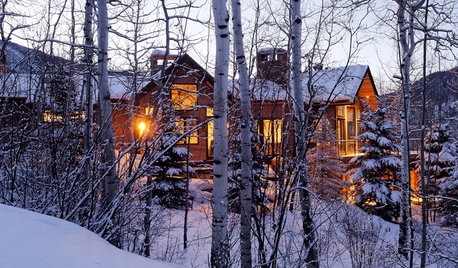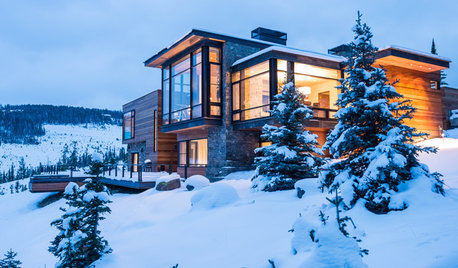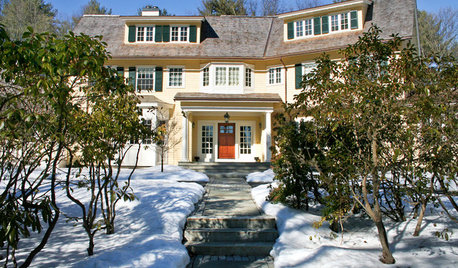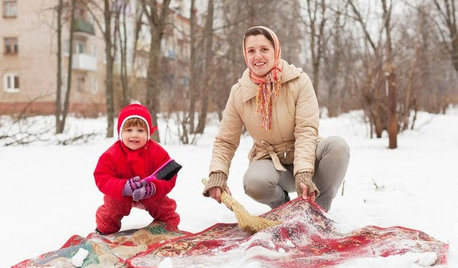salt damage due to cold/snow
hairmetal4ever
10 years ago
Related Stories

ARCHITECTURE15 Smart Design Choices for Cold Climates
Keep your home safe and comfortable in winter by choosing the right home features and systems
Full Story
HOUSEKEEPINGProtect Your House From Winter Water Damage
Avoid costly repairs by learning to spot potential problem areas before water damage is done
Full Story
GARDENING GUIDESGot Frost-Damaged Plants? How It Happens, and When and How to Prune
Crispy brown leaves are a sure sign that Jack Frost has been to your neighborhood
Full Story
LIFEHouzz Call: How Are You Handling the Record-Breaking Cold?
Share your tales, strategies and photos for everything polar vortex
Full Story
LIFEHouzz Call: Who'll Post the First Snow Photo of 2013?
If the weather's been flaky in your neck of the woods, please show us — and share how you stay warm at home
Full Story
ARCHITECTUREHave Your Flat Roof and Your Snow Too
Laboring under the delusion that flat roofs are leaky, expensive and a pain to maintain? Find out the truth here
Full Story
GARDENING AND LANDSCAPINGTake a Winter Walk on the Safe Side
Learn how to handle snow, ice and other cold-weather landscape factors to minimize falls and damage
Full Story
HOMES AROUND THE WORLDHousehold Habits and Customs to Borrow From Other Countries
Discover why salt may be the perfect house-warming gift, how to clean rugs in snow and why you should invest in a pair of ‘toilet slippers’
Full Story
MONTHLY HOME CHECKLISTSYour Fall Home Maintenance Checklist
Prep your house and yard for cold weather with this list of things to do in an hour or over a weekend
Full Story
GREAT HOME PROJECTSHow to Give Your Driveway and Front Walk More Curb Appeal
Prevent injuries and tire damage while making a great first impression by replacing or repairing front paths
Full StorySponsored
Columbus Design-Build, Kitchen & Bath Remodeling, Historic Renovations
More Discussions







Smivies (Ontario - 5b)
whaas_5a
Related Professionals
Fitchburg Landscape Architects & Landscape Designers · Lyons Landscape Architects & Landscape Designers · Rancho Cordova Landscape Architects & Landscape Designers · Alpharetta Landscape Contractors · Clayton Landscape Contractors · Fort Atkinson Landscape Contractors · Hickory Hills Landscape Contractors · Round Lake Landscape Contractors · Selden Landscape Contractors · Sun City Center Landscape Contractors · Tamarac Landscape Contractors · Vermilion Landscape Contractors · Arlington Heights Decks, Patios & Outdoor Enclosures · Statesville Decks, Patios & Outdoor Enclosures · Wildomar Decks, Patios & Outdoor EnclosuresToronado3800 Zone 6 St Louis
wisconsitom
hairmetal4everOriginal Author
j0nd03
hairmetal4everOriginal Author
Smivies (Ontario - 5b)
alabamatreehugger 8b SW Alabama
Smivies (Ontario - 5b)
edlincoln